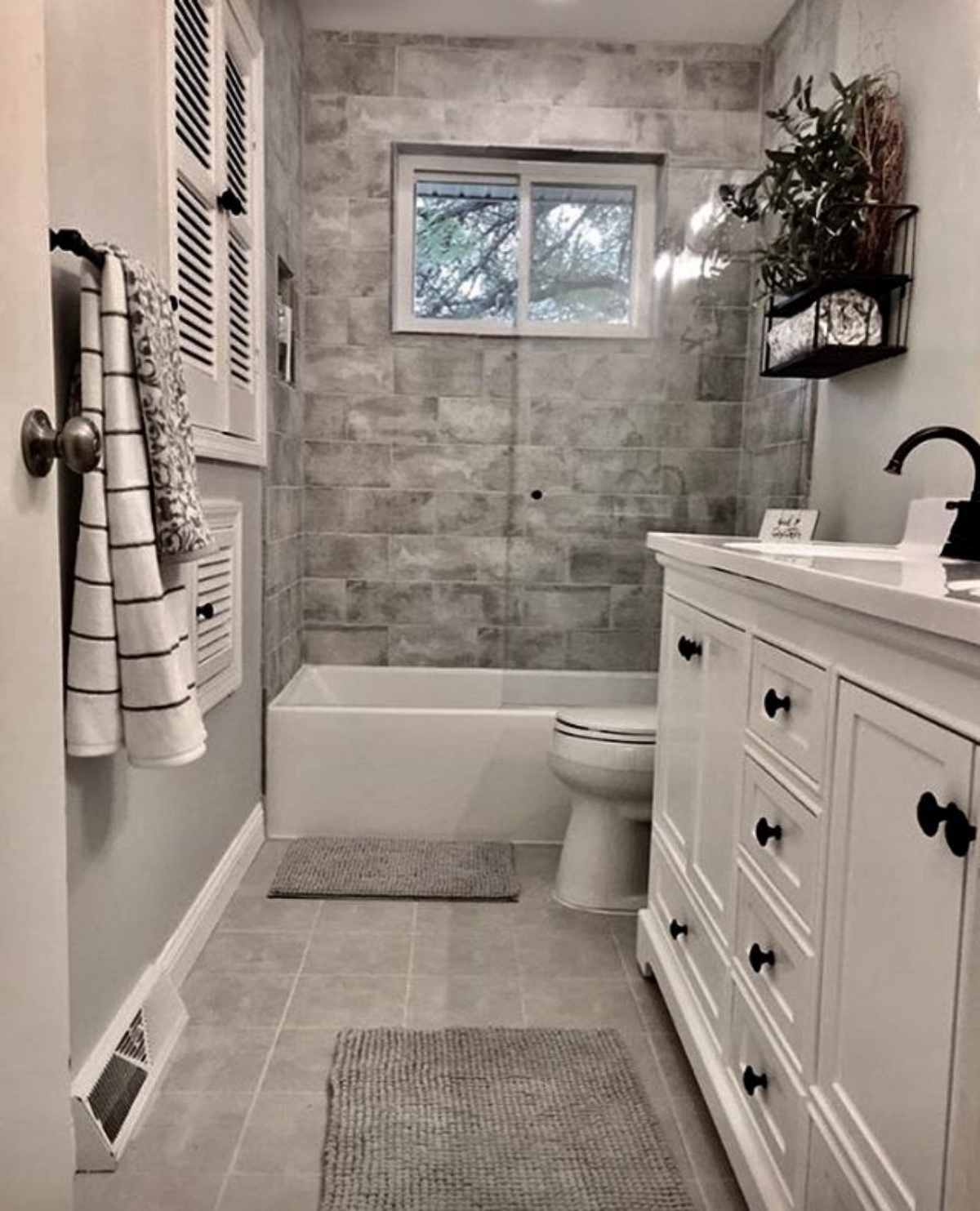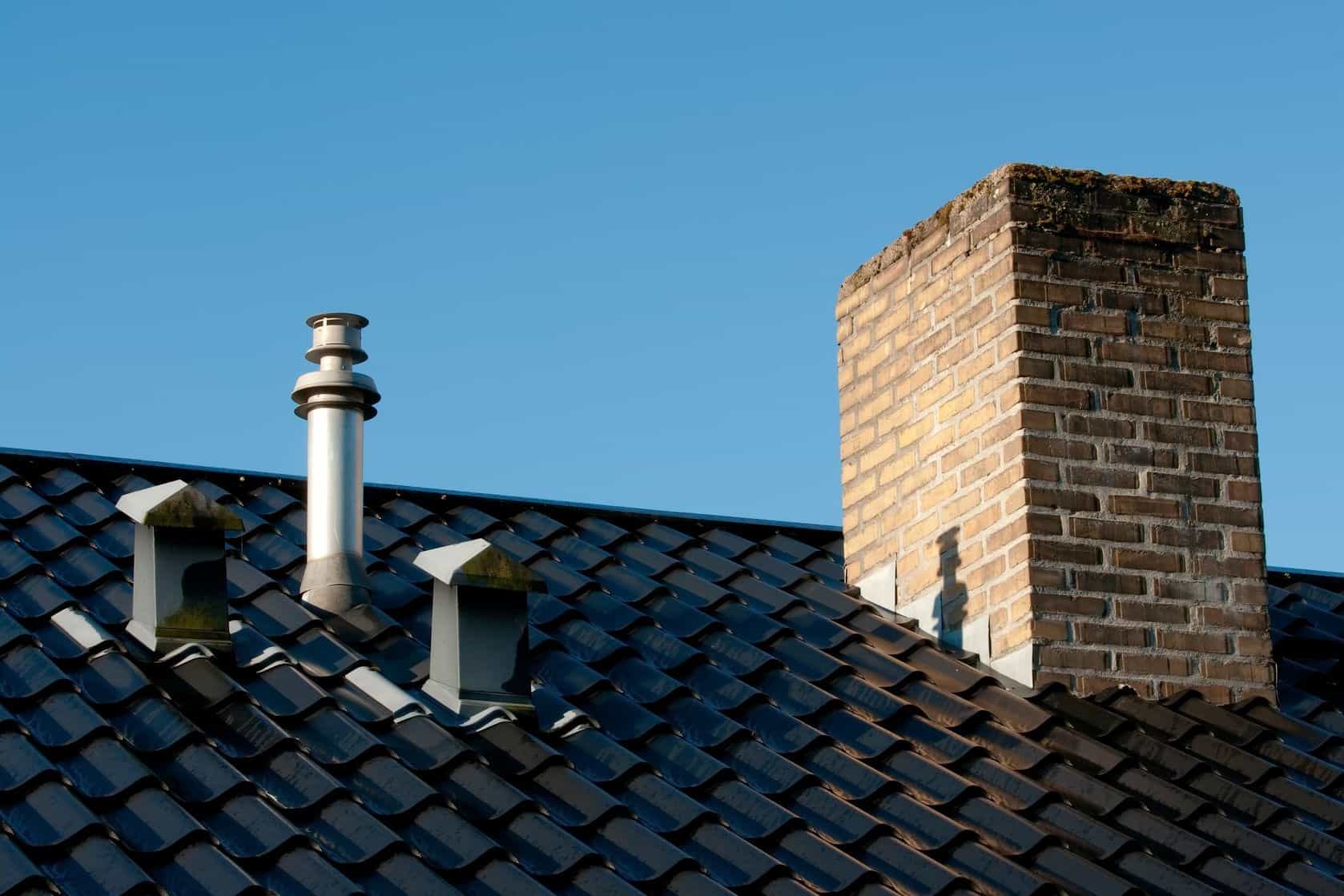Why Adequate Ventilation Matters in Plumbing Systems
Why Adequate Ventilation Matters in Plumbing Systems
Blog Article
In this article further down you will find lots of first-rate advice on the subject of Why Plumbing Air Vents Are Important.

Correct ventilation in pipes systems is commonly forgotten, yet it is crucial for preserving the functionality and safety of your home's pipes. Ventilation helps manage atmospheric pressure, stop the buildup of unsafe gases, and ensure the efficient elimination of waste. In this overview, we will certainly discover the importance of appropriate plumbing ventilation, how it functions, and the benefits it offers your pipes system.
Comprehending Ventilation in Plumbing
Ventilation in pipes describes the network of pipelines that permit air to flow via the drain system. These vents serve numerous purposes, consisting of regulating air pressure within the pipes, protecting against sewage system gases from getting in the home, and helping in the smooth circulation of wastewater.
Exactly How Air Flow Works in Plumbing Systems
Air Pressure Guideline
Correct air flow keeps balanced atmospheric pressure within the pipes system. When water moves with pipelines, it displaces air. Without sufficient air flow, this variation can create unfavorable stress, resulting in reduce drains or siphoning of water from traps, which can cause undesirable smells to permeate right into the home.
Preventing Sewage System Gas Build-up
One of one of the most critical features of plumbing vents is to avoid sewage system gases, such as methane and hydrogen sulfide, from gathering within the home. These gases can present major health dangers and are very combustible. Vent pipelines permit these gases to get away securely outside.
Aiding in Waste Elimination
Ventilation assists in the reliable removal of wastewater by stopping airlocks in the drainage system. When air can move freely through the vents, it allows water and waste to stream smoothly with the pipes, minimizing the threat of obstructions and back-ups.
Sorts Of Pipes Vents
Key Heap Vent
The major pile air vent, likewise called the air vent stack, is the main vent in a plumbing system. It expands from the major drain align via the roof covering, allowing gases to escape and fresh air to go into the system.
Branch Vent
Branch vents attach to the major stack air vent and offer individual fixtures, such as sinks, bathrooms, and showers. These vents guarantee that each component has adequate air flow to operate appropriately.
Air Admission Shutoff (AAV).
An Air Admittance Valve (AAV) is a one-way valve that permits air to go into the pipes system without the need for a typical vent pipeline expanding through the roof covering. AAVs are typically made use of in remodellings or locations where mounting a basic air vent is not practical.
Indicators of Poor Air Flow in Pipes.
Slow Draining Fixtures.
If your sinks, bathtubs, or bathrooms are draining pipes slowly, maybe a sign of inadequate ventilation. Poor air circulation can create a vacuum result, making it hard for water to drain correctly.
Gurgling Seems.
Gurgling sounds coming from drains are commonly a result of air being drawn with water catches due to unfavorable pressure in the pipes. This is a clear indication of insufficient air flow.
Unpleasant Smells.
Sewage system smells inside your home are a red flag that your pipes system is not effectively aerated. This could mean that drain gases are not being adequately aired vent outside, resulting in possibly dangerous problems.
Common Ventilation Mistakes.
Inadequate Vent Sizing.
Using undersized vent pipelines can bring about poor air flow and pressure imbalances in the system. It's vital to make use of vents that satisfy the details demands of your pipes system.
Improper Vent Positioning.
Positioning vents as well far from the fixtures they offer can reduce their efficiency. Correct placement guarantees that air can stream easily and effectively with the system.
Disregarding Code Needs.
Building codes offer specific standards for pipes ventilation. Neglecting these codes can lead to a system that fails to operate properly and may lead to pricey repair services or health hazards.
Advantages of Appropriate Air Flow.
Enhanced System Efficiency.
Appropriately ventilated pipes systems run much more efficiently, with fewer clogs, faster draining pipes, and less strain on the pipes. This performance prolongs the lifespan of the pipes system.
Improved Air Top Quality.
By protecting against sewer gases from entering your home, correct ventilation adds to far better interior air top quality, making your living setting healthier and extra comfy.
Avoiding Water Damage.
Ample air flow aids prevent water from being siphoned out of traps, which can lead to sewer gases entering the home and causing water damages with time.
Actions to Make Certain Appropriate Ventilation.
Consulting Plumbing Codes.
Constantly consult regional pipes codes when developing or customizing your plumbing system. These codes give the essential standards for correct airing vent and guarantee your system satisfies safety and security requirements.
Normal Assessment and Upkeep.
Routine inspections can help determine possible air flow problems prior to they come to be major issues. Maintenance tasks, such as cleansing air vent pipelines and checking for clogs, are crucial for maintaining the system in good working order.
Professional Installment.
For new installations or major modifications, it's important to work with a professional plumbing professional. They have the competence to ensure the ventilation system is correctly developed and installed according to code.
Verdict.
Proper ventilation is a crucial component of any kind of plumbing system, guaranteeing that it works effectively and securely. By comprehending the importance of air flow, acknowledging the signs of inadequate ventilation, and taking steps to preserve your system, you can protect against costly issues and safeguard your home's air top quality.
What is a Plumbing Vent and it's used for?All plumbing systems in residential and commercials construction have a plumbing vent. It doesn’t just vent unwanted odors from the drainage system to the outside; it actually serves an important purpose by supplying air to the system.
The plumbing drainage system is actually called a drainage, waste and vent (DWV) system. When water flows down the piping, an air supply (vent) is needed to allow the water to flow. Think of the vertical pipe as a drinking straw. If you plug the top end of a straw, liquid won’t drain from it.
The DWV system in your building consists of a series of pipes connected to each fixture; they extend above each fixture, and the system terminates at an open pipe that extends through the roof. This piping allows air into the system and prevents unbalanced pressures in the piping.
?The vent also prevents the system from drawing water out of a trap at the fixture with the characteristic “glug-glug-glug” as the drain gasps for air. Plumbing traps should drain smoothly and never “glug” or gasp for air.
If you have a drain that empties slowly or gurgles as it drains, this may indicate a venting problem. If you flush a toilet and the sink gurgles, there’s definitely a vent problem. It is good idea to have a Plumber check this.
https://www.ameliashomeinspection.com/blog/what-is-a-plumbing-vent-and-its-used-for

I discovered that blog post about while exploring the internet. Sharing is good. Helping people is fun. Kudos for your time. Come back soon.
Information Here Report this page